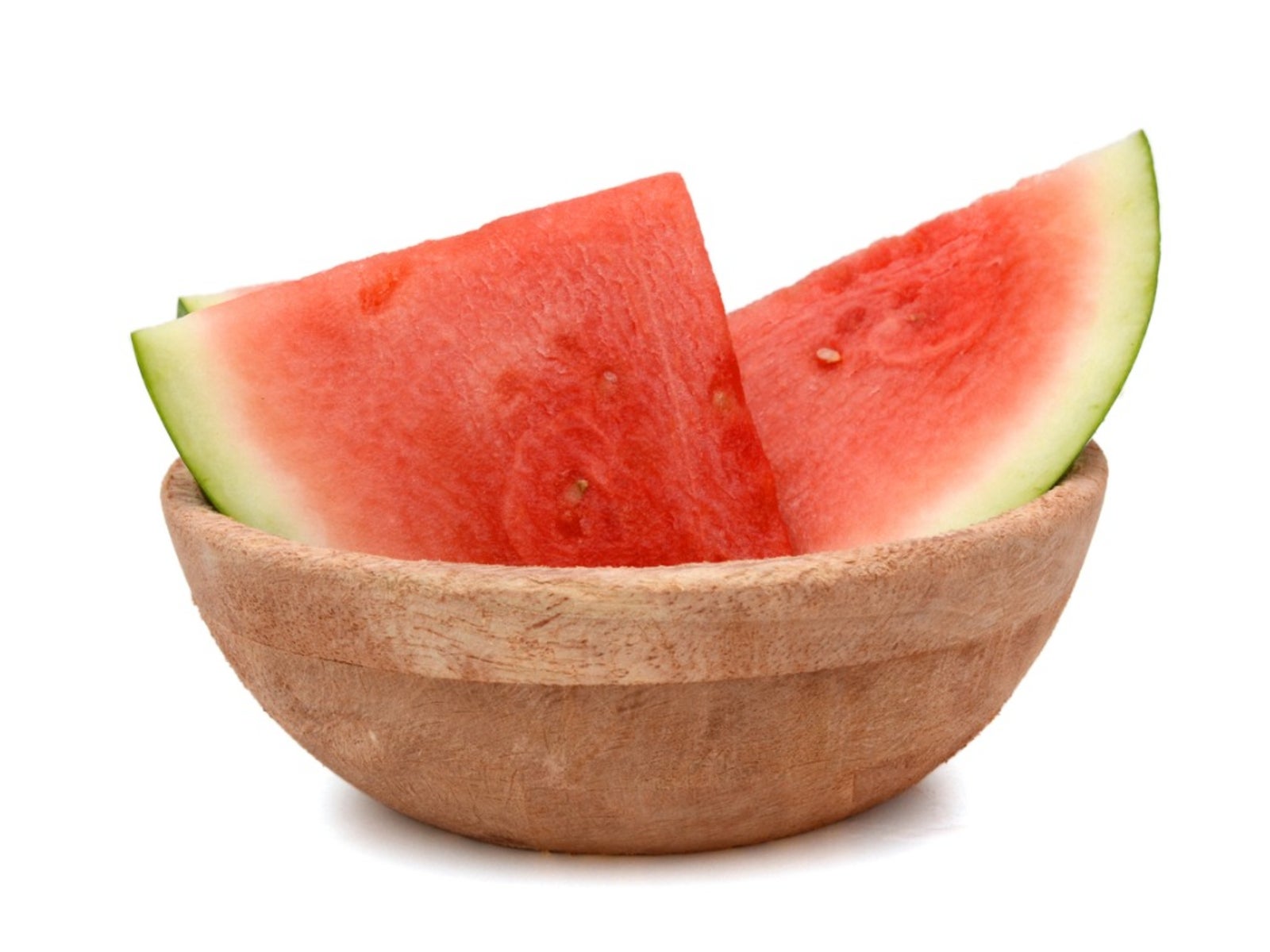Watermelon ‘Millionaire’ Variety - Learn How To Grow A Millionaire Melon


Juicy, homegrown watermelons are a long-time favorite in the edible summer garden. Though open pollinated varieties are popular with many growers, the amount of seeds within the sweet flesh may make them difficult to eat. Planting seedless hybrid varieties offer a solution to this dilemma. Read on to learn about the watermelon ‘Millionaire’ variety.
What is a 'Millionaire' Watermelon?
‘Millionaire’ is a seedless hybrid watermelon. The seeds for these watermelons are created by cross-pollinating two plants which are incompatible due to the number of chromosomes present. This incompatibility causes the "offspring" (seeds) of the cross pollination to be sterile. Any fruit yielded from the sterile plant will not produce seeds, therefore, giving us wonderful seedless melons. Millionaire watermelon plants produce 15 to 22 pound (7-10 kg.) fruits with reddish pink flesh. Hard, green striped rinds make the melons an excellent option for commercial growers. On average, plants require 90 days to reach maturity.
How to Grow a Millionaire Melon Plant
Growing Millionaire watermelons is very similar to growing other watermelon varieties. However, there are some key differences to take into consideration. For instance, seeds for seedless watermelons are generally more expensive, as more work is required to create them. Additionally, seedless varieties of watermelon require a different "pollinator" variety to produce fruit. So according to Millionaire watermelon info, growers must plant at least two types of watermelon in the garden in order to ensure a crop of seedless melons– a seedless variety and one which produces seeds. Like other melons, 'Millionaire' seeds require warm temperatures to germinate. Minimum soil temperatures of at least 70 degrees F. (21 C.) are required for germination. When all chance of frost has passed and plants have reached 6 to 8 inches (15-20 cm.) long, they are ready to be transplanted into the garden in well-amended soil. At this point, the plants may be cared for like any other watermelon plant.
Sign up for the Gardening Know How newsletter today and receive a free copy of our e-book "How to Grow Delicious Tomatoes".

Tonya Barnett has been gardening for 13 years. Flowers are her passion. She has transformed her backyard into a cut flower garden, which she regularly chronicles on her YouTube channel http://www.youtube.com/@tonyawiththeflowers.